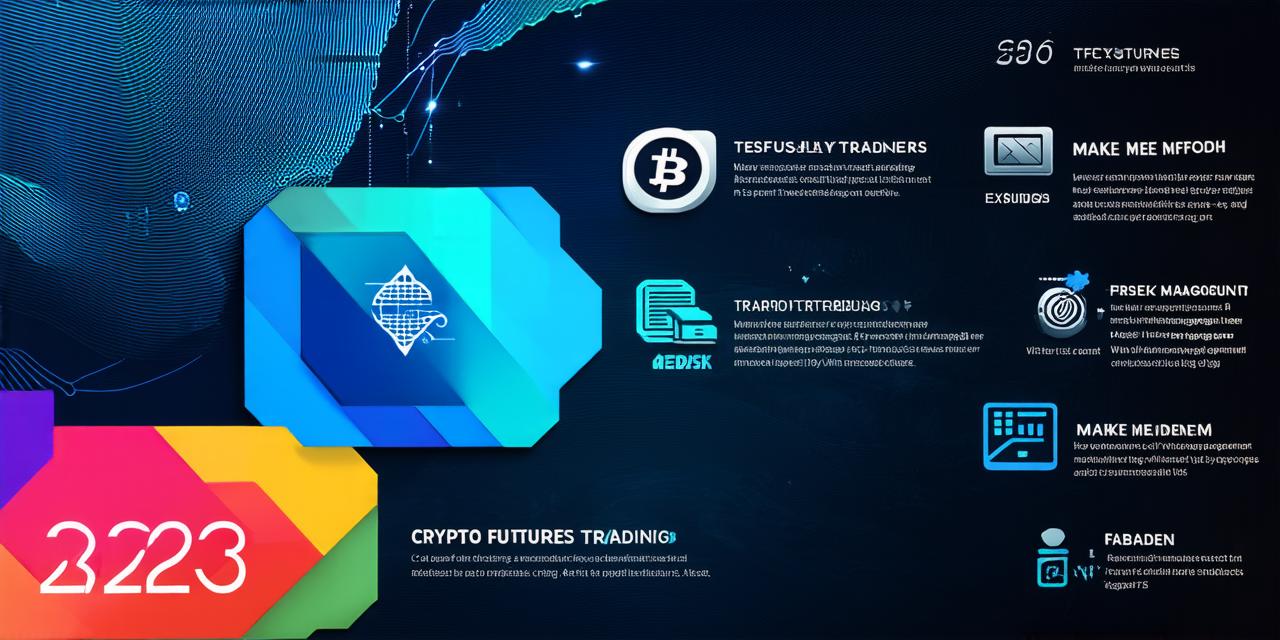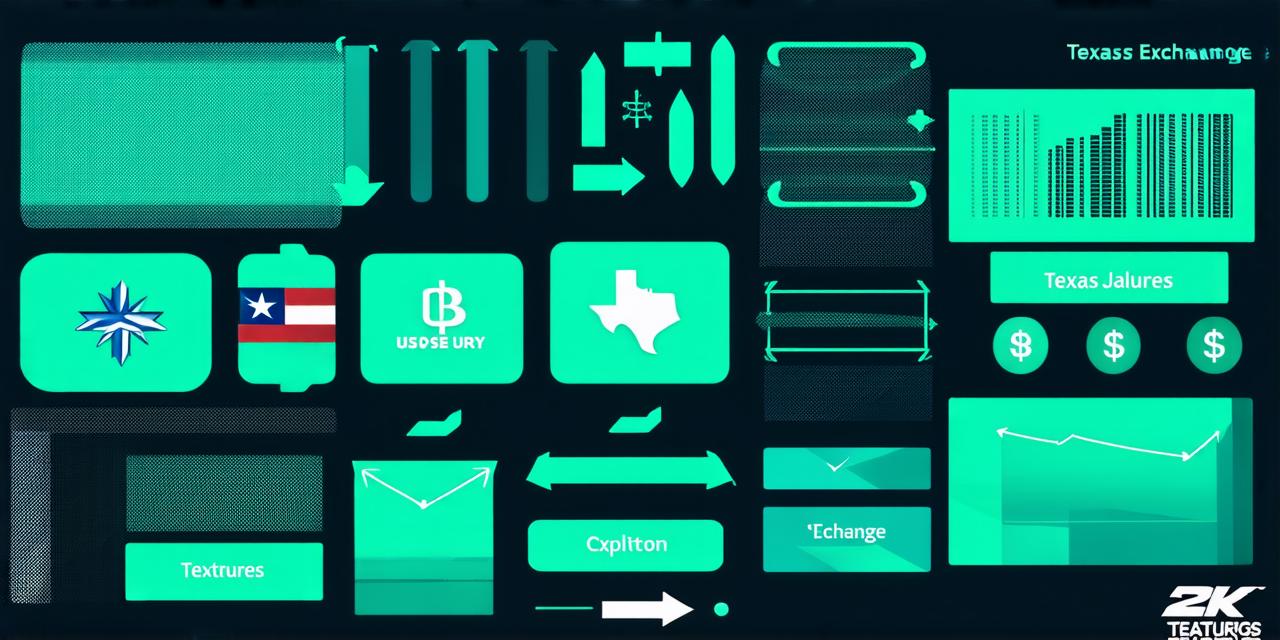Introduction:
Cryptocurrency trading has become increasingly popular in recent years, and many people are looking for ways to make money through it. One of the most promising opportunities available is trading futures contracts on cryptocurrencies. Futures contracts allow traders to buy or sell a specific amount of a cryptocurrency at a predetermined price in the future. This can be an attractive way to make money if you are able to accurately predict the price movements of cryptocurrencies.
Chapter 1: The Basics of Futures Trading
Before you can start making money trading crypto futures, it’s important to understand the basics of futures trading. A futures contract is a legally binding agreement to buy or sell a specific amount of an asset (in this case, a cryptocurrency) at a predetermined price on a specified date in the future. Futures contracts are standardized and traded on an exchange, such as Coinbase Pro or Bitmex.
There are two main types of futures contracts: long and short positions. When you take a long position, you are buying a cryptocurrency with the expectation that its price will go up in the future. Conversely, when you take a short position, you are selling a cryptocurrency with the expectation that its price will go down in the future.
One of the key risks associated with futures trading is that the price of the asset can move against your position. This means that if you take a long position and the price of the cryptocurrency goes down, you could end up losing money. To mitigate this risk, traders often use margin or leverage to amplify their positions. Margin allows traders to buy more cryptocurrency with less capital, but it also increases the risk of loss.
Chapter 2: Understanding Crypto Futures Markets
Before you can start making money trading crypto futures, it’s important to understand the markets and how they work. There are several factors that can affect the price of a cryptocurrency, including supply and demand, news events, and regulatory developments.
One of the key ways to make money in crypto futures trading is by taking advantage of arbitrage opportunities. Arbitrage involves buying a cryptocurrency on one exchange at a lower price than another exchange and then selling it on the other exchange for a higher price. This can be an attractive way to profit from market inefficiencies, but it can also be risky if you are not able to quickly execute your trades.
Another way to make money in crypto futures trading is by taking advantage of market trends. For example, if the price of a cryptocurrency has been steadily increasing over time, you may want to take a long position in the hopes that it will continue to increase in the future. Similarly, if the price of a cryptocurrency has been steadily decreasing over time, you may want to take a short position in the hopes that it will continue to decrease in the future.
Chapter 3: Advanced Strategies and Techniques
Once you have a basic understanding of futures trading and the crypto markets, you can start using advanced strategies and techniques to make more money. One popular technique is called “scalping,” which involves buying and selling cryptocurrencies quickly in response to small price movements. This can be an attractive way to profit from market inefficiencies, but it requires a high level of skill and experience to execute successfully.
Another popular strategy for crypto futures trading is called “pair trading.” Pair trading involves identifying two or more highly correlated assets (such as Bitcoin and Ethereum) and buying and selling them in response to their relative price movements. This can be an attractive way to profit from market trends, but it requires a deep understanding of correlation analysis and risk management.
Chapter 4: Case Studies and Personal Experiences
One of the best ways to learn about crypto futures trading is by looking at case studies and personal experiences from experienced traders. There are many resources available online that provide detailed accounts of successful and unsuccessful trades, as well as insights into the strategies and techniques used by top traders.



